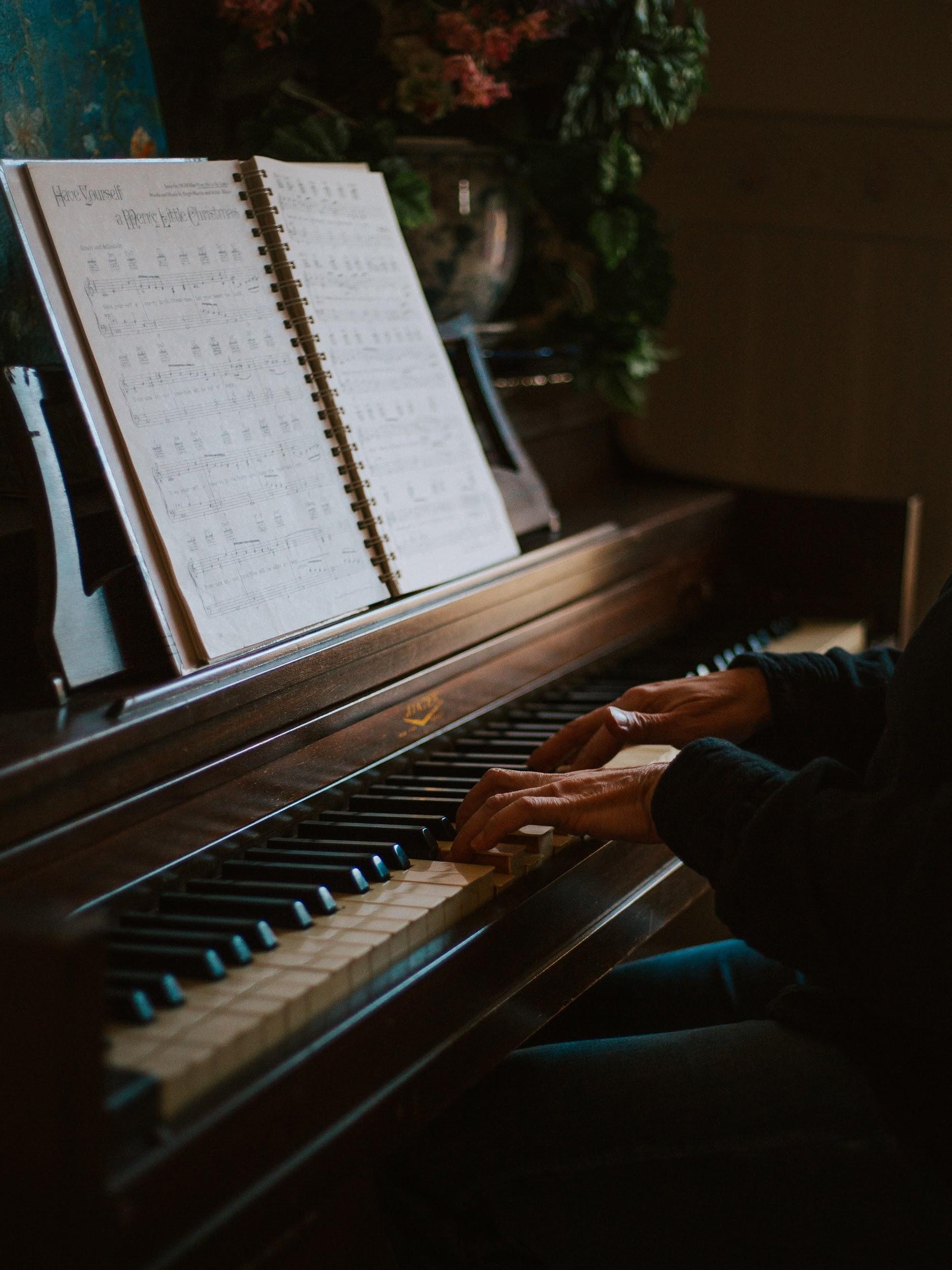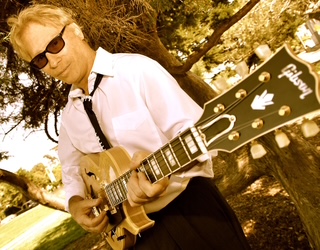How to Create a Melody on the Piano
- Written by News Company

Have you ever wondered what it would be like to be able to write a song? Maybe you’ve wondered how anybody goes about writing a song?
Once you understand how music works, you can use building blocks to create your own melody, or even a whole song with chords and words.
Music is built with chords, scales and jumps - intervals between notes. Chords are three notes played at the same time. Scales are a succession of notes going up or down and intervals are notes that jump over at least one note. Using each of these elements, you can create your very own song.
Where to start? This is perhaps the hardest bit of creating a melody or song. If you’re sitting at a piano, you might feel overwhelmed with the 88 notes spread before you. How do you decide which note to start on? By the way, you don’t have to be a pianist to do this but it does help to know the basics.
One good rule of thumb is to start in an area where you can comfortably sing. Most songs are made to be sung, so it’s no good creating a tune that’s really high up on the piano keyboard, or so low it sounds like a dinosaur roaring. Women can sing comfortably from middle C to to A. Or a bit lower than middle C and just up to F above it, something in that range. Men often sing an octave lower than that. You just need to play some notes and try singing them back.
Once you’re decided on a range, it’s a good idea to decide what key you’ll start in. This simply means picking a starting chord, such as a C major chord (notes C, E and G). Play and hold down the C chord and then choose a right hand melody note to start on. The notes that will sound best are the same notes in the C chord - C, E or G.
Make sure you have a way to save what you create. Use a pencil and paper or a device. You don’t have to be able to read or write music to do this. You can jot down the name of the chord and on top of it, write the name of the melody note.
Once you’ve decided what note to start on, play the melody note and the chord together and see if you can “hear” in your mind if you want the next note to go higher or lower. Then find that next note on the piano. You can move in steps so the notes are next to each other, or you can jump over a note.
Experiment and see what you like the sound of. It might take a few goes to locate the note that you hear in your mind, but if you keep at it, you’ll get quicker at it. You’ll be training your musical ear.
After a few notes, you will probably sense that the chord needs to change. Try moving to a G chord (G, B and D) and try to match the melody note that goes with it to one of the notes in the chord.
Don’t worry about right or wrong - just go with it. Keep jotting down your choices as you go so you don’t forget it. Experiment with one or two more chords and keep working out that melody. When you’ve got several notes and chords securely, you might want to make a rough recording of it, either on your keyboard, if it has recording capability, or on your phone or tablet.
Be alert for words popping into your head that match the melody! Often a new melody will suggest the lyrics by the feel of the music. If this comes to you, make sure to make a note of these too. It’s a good idea to write them under the note they fall on.
If you want to, find out more about creating chord progressions on the piano, check out Skoove. They’re offering free piano lessons, and making some of their premium content available for free in response to the COVID-19 crisis.
If you enjoy the process, do it regularly, and you never know, your song might become the next big thing!



















